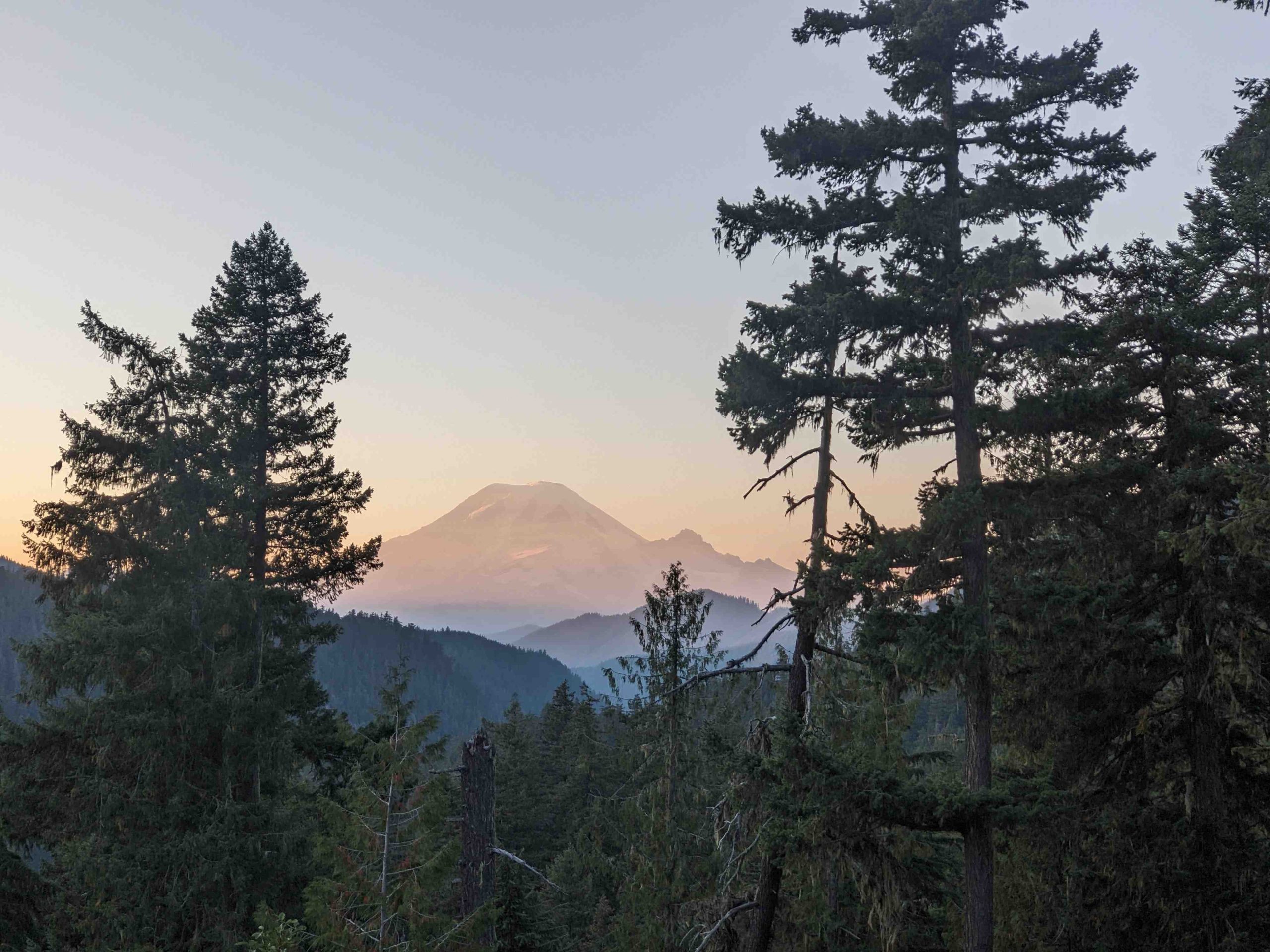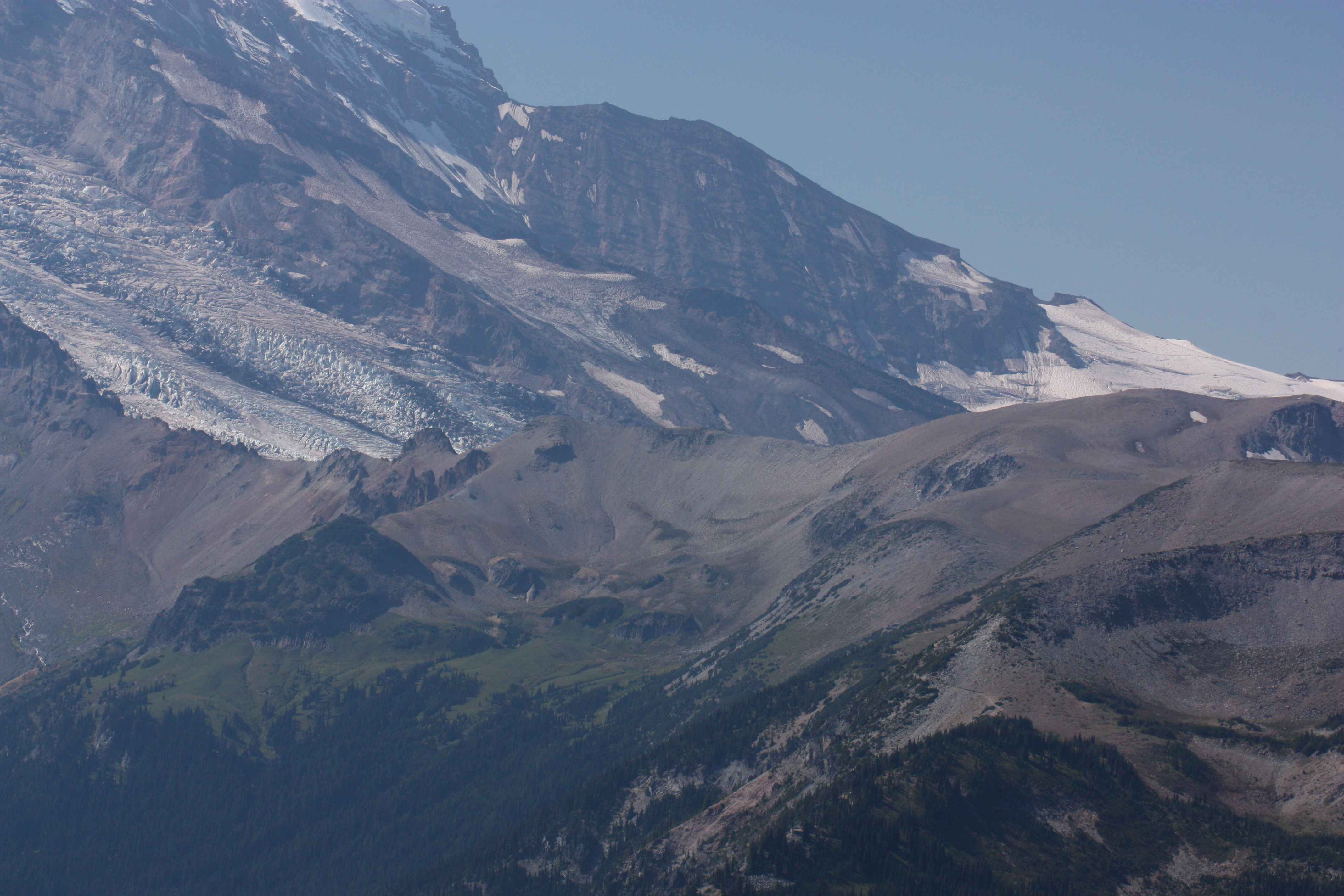Mount Rainier, an iconic stratovolcano in Washington State, offers breathtaking views, diverse ecosystems, and unforgettable experiences. From towering peaks to serene lakes, the park boasts numerous highlights that captivate visitors year-round. This guide explores the top attractions, hiking trails, scenic drives, and wildlife viewing opportunities that make Mount Rainier a must-visit destination for nature enthusiasts and adventure seekers alike.
What Are the Top 5 Mount Rainier Highlights?

- Tolmie Peak Lookout
- Location: Starts at Mowich Lake
- Elevation: Final ascent to the lookout
- Unique Features: Stunning views of Mount Rainier with Eunice Lake in the foreground
-
Best Time: Sunset for alpenglow on the mountain
-
Inspiration Point (Paradise)
- Location: Along Stevens Canyon Road
- Elevation: Elevated viewpoint
- Unique Features: Panoramic views of Mount Rainier, Paradise River valley, and Tatoosh Range
-
Accessibility: No hiking required, suitable for all visitors
-
Sunrise Point Lookout (Sunrise)
- Location: On Sunrise Road near the Sunrise Visitor Center
- Elevation: High-elevation viewpoint
- Unique Features: Panoramic views of Mount Rainier and the Cascade Range
-
Best Time: Ideal for sunrise views
-
High Rock Lookout
- Location: Just outside Mount Rainier National Park
- Elevation: 5,685 feet
- Unique Features: Dramatic 360-degree views of Mount Rainier and South Cascades
-
Trail: Moderately steep, popular for sunrise views
-
Myrtle Falls (Paradise)
- Location: Paradise area, accessible via short paved trail from Paradise Inn
- Elevation: Lower compared to other viewpoints
- Unique Features: Waterfall with wildflower meadows or autumn foliage and Mount Rainier backdrop
- Photography: Popular spot for capturing scenic beauty
Which Hiking Trails Offer the Best Mount Rainier Experience?

Mount Rainier National Park boasts numerous hiking trails catering to various skill levels and interests. Here are some of the most popular trails:
- Tolmie Peak Lookout Trail
- Length: 7.5 miles roundtrip
- Difficulty: Moderate
- Estimated Time: 4-6 hours
-
Highlights: Eunice Lake, panoramic views of Mount Rainier
-
Mount Fremont Fire Lookout Trail
- Length: 5.4 miles roundtrip
- Difficulty: Moderate
- Estimated Time: 3-5 hours
-
Highlights: Close-up views of Mount Rainier, wildflowers, potential wildlife sightings
-
Skyline Loop Trail (Paradise)
- Length: Approximately 5.5 miles roundtrip
- Difficulty: Moderate
- Estimated Time: 3-5 hours
-
Highlights: Panorama Point, close-up views of Mount Rainier, wildflower meadows
-
Dege Peak Trail (Sunrise)
- Length: 4 miles roundtrip
- Difficulty: Easy to Moderate
- Estimated Time: 2-3 hours
-
Highlights: Spectacular views of Mount Rainier, surrounding mountain range
-
Shriner Peak Lookout Trail
- Length: 4 miles roundtrip (can be longer if combined with other trails)
- Difficulty: Hard
- Estimated Time: 4-6 hours
- Highlights: Fire lookout, 360-degree views including Mount Rainier, Sourdough Ridge
What Are the Best Scenic Drives in Mount Rainier National Park?
Explore the park’s beauty from the comfort of your vehicle with these scenic drives:
- Stevens Canyon Road
- Distance: Approximately 20 miles from Paradise to Stevens Canyon Entrance
- Key Viewpoints: Inspiration Point, Box Canyon, Grove of the Patriarchs
-
Seasonal Access: Generally open late May to early October
-
Sunrise Road
- Distance: Approximately 15 miles from White River Entrance to Sunrise Visitor Center
- Key Viewpoints: Sunrise Point Lookout, Tipsoo Lake, Emmons Vista
-
Seasonal Access: Typically open late June to early October
-
Paradise Valley Road
- Distance: Approximately 10 miles from Nisqually Entrance to Paradise Visitor Center
- Key Viewpoints: Henry M. Jackson Memorial Visitor Center, Myrtle Falls, Edith Creek
- Seasonal Access: Open year-round, winter conditions may require chains or snow tires
Where Are the Best Spots for Wildlife Viewing at Mount Rainier?
Observe the park’s diverse wildlife at these prime locations:
- Mount Fremont Fire Lookout Trail
- Species: Deer, marmots, bears
- Peak Viewing Times: Late summer
-
Guidelines: Keep safe distance, follow bear country rules
-
Sunrise Area
- Species: Marmots, mountain goats, black bears
- Peak Viewing Times: Early morning and late afternoon
-
Guidelines: Stay on designated trails, secure food and trash
-
Tipsoo Lake
- Species: Marmots, birds
- Peak Viewing Times: Early morning
- Guidelines: Respect calm environment, keep noise levels down
What Are Some Essential Tips for Visiting Mount Rainier?
To make the most of your Mount Rainier experience, consider these tips:
- Plan Ahead: Check park conditions, trail status, and weather forecasts before your visit.
- Arrive Early: Popular areas like Paradise and Sunrise can get crowded, especially during peak season.
- Bring Essentials: Pack water, snacks, sunscreen, and layers of clothing for changing weather.
- Stay on Trails: Protect fragile ecosystems and ensure your safety by sticking to designated paths.
- Practice Leave No Trace: Pack out all trash and minimize your impact on the environment.
- Be Wildlife Aware: Observe animals from a safe distance and never feed wildlife.
- Capture Memories Responsibly: Take photos but avoid disturbing natural habitats or other visitors.
How Can Visitors Contribute to Mount Rainier’s Conservation?
Preserve Mount Rainier’s beauty for future generations by:
- Volunteering for park clean-up or restoration projects
- Donating to Mount Rainier National Park conservation funds
- Educating others about responsible park visitation
- Participating in citizen science programs to assist park research
- Supporting local businesses that practice sustainable tourism
By following these guidelines and exploring the mount rainier highlights responsibly, visitors can enjoy the park’s natural wonders while helping to protect its unique ecosystems for years to come.
References:
1. https://wanderingbackpack.com/discover-the-top-5-must-do-fire-lookout-hikes-on-mount-rainier/
2. https://www.sandandelevation.com/best-places-to-see-mount-rainier/
3. https://elizabethseeks.com/the-10-best-hikes-at-mt-rainier-national-park/

